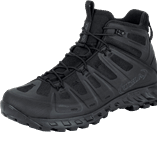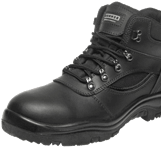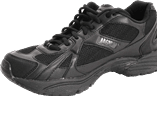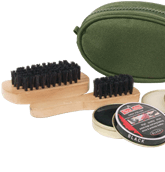Trekkers' or hiking footwear is designed for walking and hiking. This includes more demanding, mountainous terrain. It is also suitable for treks and hikes covering tens of kilometers daily. And the selection is truly rich.
Choosing footwear should not be underestimated. This is especially true for hiking, which means increased strain on both the shoe and the foot, not only considering the number of steps taken but also the challenging terrain we typically navigate during hikes and climbs. Hiking or trekking shoes should simply withstand a lot – provided, of course, that we take proper care of them, but that's a different chapter.
Foot care is fundamental
Even more care than for the shoes themselves should be devoted to the feet. After all, foot care is fundamental because our feet are the foundation of our body. Our legs bear the entire load and are subjected to the most strain during walking, especially during extreme and long distances.
Choosing suitable footwear is essential not only for our immediate comfort during movement but also for our long-term health. The right shoes are therefore a prevention against problems with hips, knees, and even the feet themselves, as well as with the spine.
Which material to choose
Hiking shoes can be chosen based on various criteria. For example, by material. Modern hiking or outdoor shoes are typically made from a mix of materials, some of which can be licensed, patented, or commonly available. In the latter category, we're talking about leather, for which many manufacturers have yet to find an alternative. This material is among the most durable. At least as long as we regularly care for it by cleaning and waxing.
Then there are textile materials, although this still refers only to the upper. But then there's the midsole, which today is predominantly made of membrane materials like Gore-Tex® and similar. And then there's another important part: the outsole, which manufacturers usually license from reputable giants like the Italian brand Vibram®. Such outsoles provide the wearer with a sure step and decent cushioning, reducing foot strain. In short, you can walk more.
Other selection factors
Other selection factors include the height of the shoe. In our range, you will find low, medium, and high shoes. High shoes ensure the highest stability for the foot, but unfortunately, they are also the heaviest, making them more suitable for demanding hikes. Lower types of shoes are useful for shorter to medium-length walks or leisurely multi-day trips where you don't plan to walk more than 10 to 15 kilometers a day on average.
It is of course important that the shoes fit you precisely, even with the socks you will use with them in the field. If they are a bit larger, you can help with a suitable insole, but smaller shoes are harder to remedy. And if blisters catch you on your first route, it doesn't necessarily mean the shoes are of poor quality or unsuitable for your feet. Even with quality shoes, it takes a while to break them in.
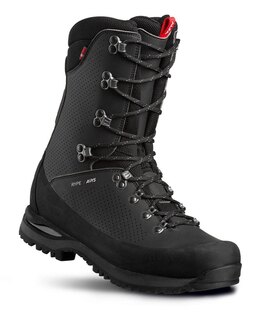
Alfa® Rype A/P/S/ Gore‑Tex men's boots
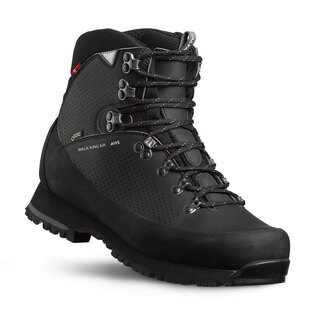
Men's shoes Walk King Air A/P/S/ Gore‑Tex Alfa®
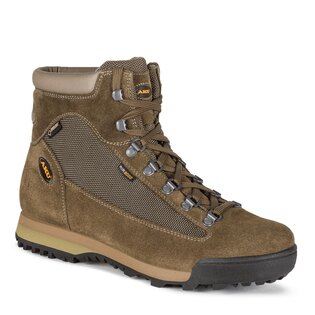
AKU Tactical® Trekking Slope GTX® boots
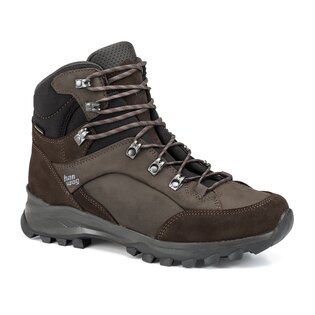
Hanwag® Banks GTX boots
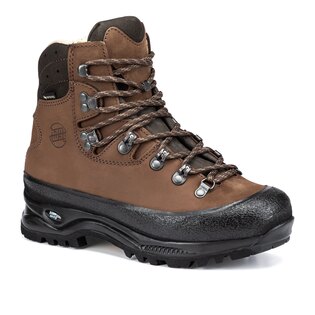


Hanwag® Alaska GTX women's boots
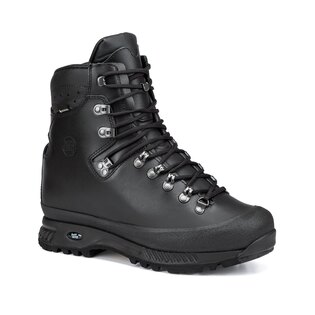


Hanwag® Alaska GTX boots
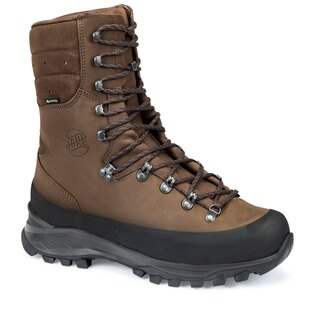
Hanwag® Brenner Pro Wide GTX boots
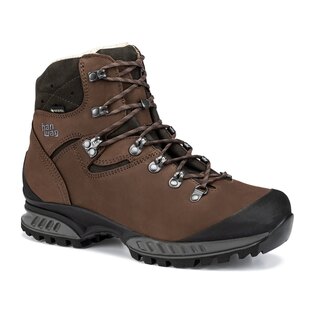
Hanwag® Tatra II GTX boots
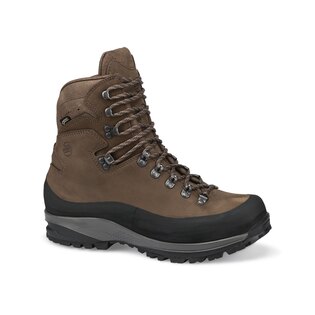
Hanwag® Ancash II GTX boots
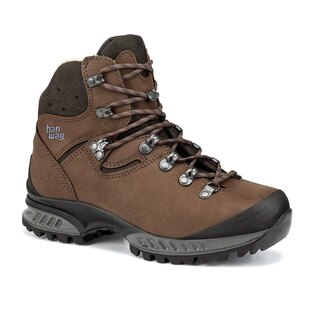
Hanwag® Tatra II GTX women's boots
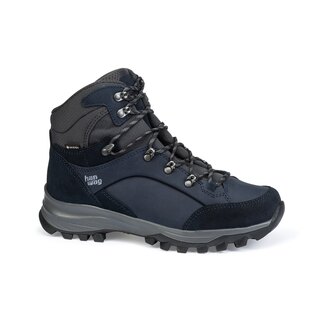
Hanwag® Banks GTX Women's boots
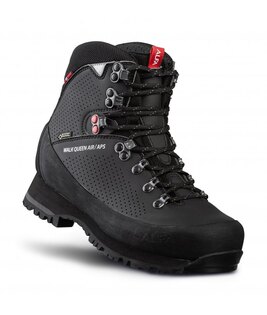
Alfa® Walk Queen Air A/P/S/ Gore‑Tex women's boots
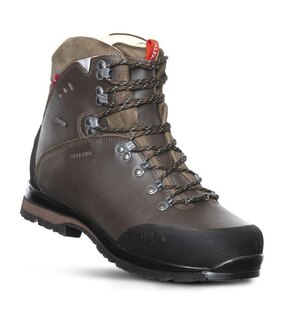
Alfa® Walk King ADV Gore‑Tex men's boots
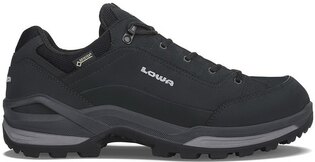
LOWA® Renegade GTX LO boots
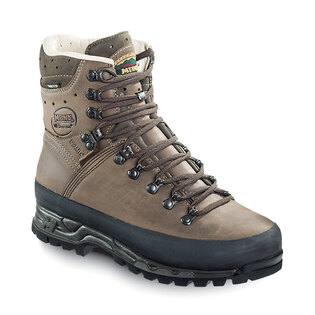


Island MFS Active Boots Meindl®
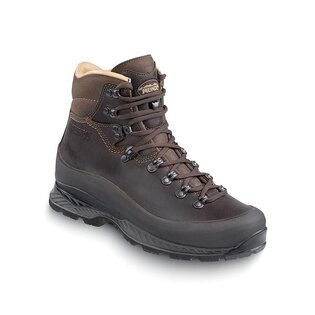
Bergell MFS Boots Meindl®




























































































































